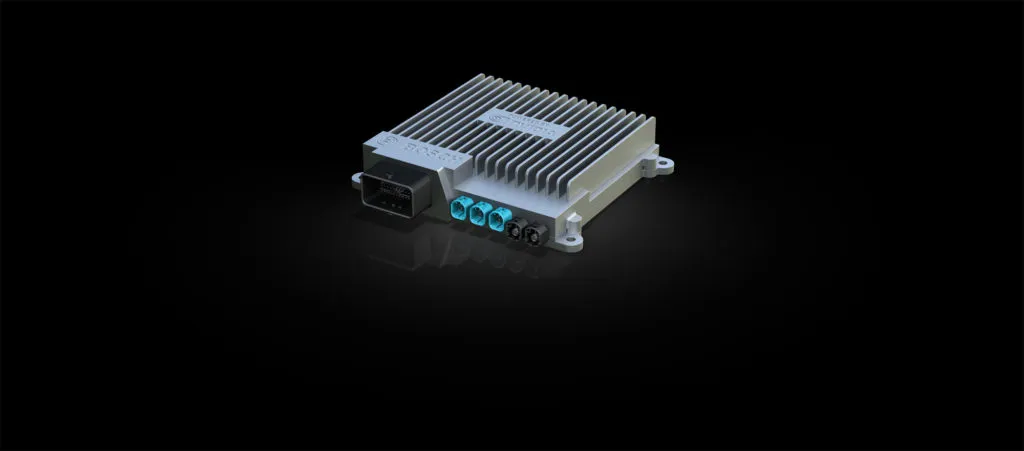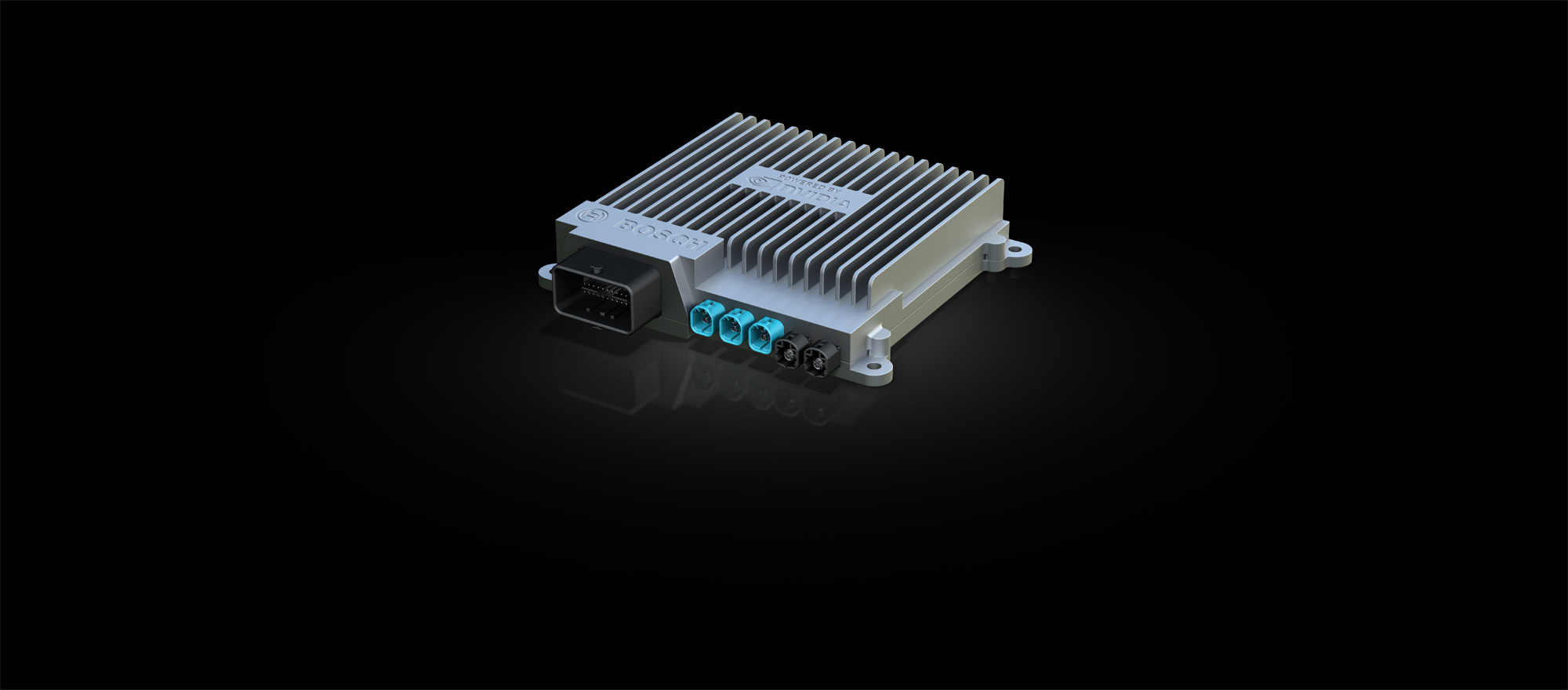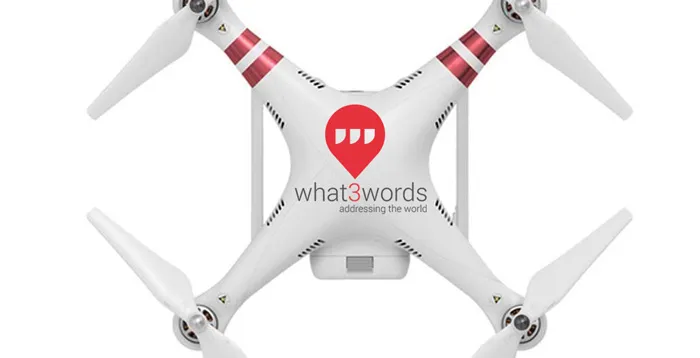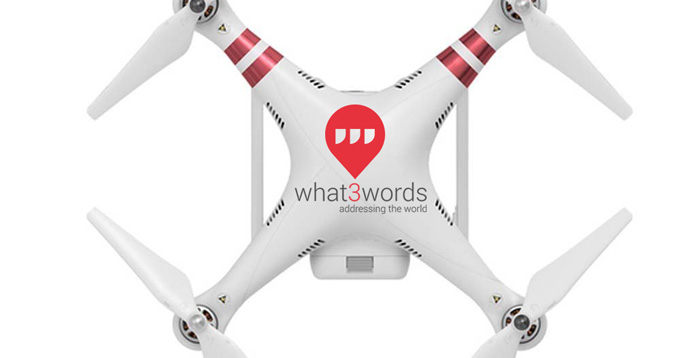
Bosch and NVIDIA team up to develop AI Self-Driving systems for mass market cars
On Monday this week, Intel announced its acquisition of MobilEye, a major player in the Advanced Driver Assistance Systems (ADAS) market with close to 70% of market share. And by Tuesday, NVIDIA and Bosch announced their partnership to artificial intelligence self-driving systems for mass market cars. It’s really amazing how quickly things are developing!

Rendering of AI self-driving car computer under development by NVIDIA and Bosch. – Image copyright NVIDIA
AI Supercomputer for Autonomous Driving
Bosch’s AI supercomputer for self-driving cars will be based on NVIDIA’s upcoming Drive PX line with Xavier architecture, which is also the world’s first single-chip processor that can manage Level 4 autonomous driving capabilities.
“Self-driving cars is a challenge that can finally be solved with recent breakthroughs in deep learning and artificial intelligence, Using DRIVE PX AI car computer, Bosch will build automotive-grade systems for the mass production of autonomous cars. Together we will realize a future where autonomous vehicles make mobility safe and accessible to all.” – Jen-Hsun Huang, founder, and CEO, NVIDIA
MobilEye is one of the leading companies in the autonomous driving tech segment and a direct competitor to Bosch in that market. Its acquisition by Intel is something that impacts both NVIDIA and Bosch. With this partnership, Bosch can focus on developing the AI system that will enable Self-Driving Cars, and NVIDIA can continue to develop supercomputing technology that will power such cars.
Self-driving cars business is clearly the next big thing, and it is clear that no one wants to be left behind. Follow us to learn more about the market and the technology behind this revolution.







